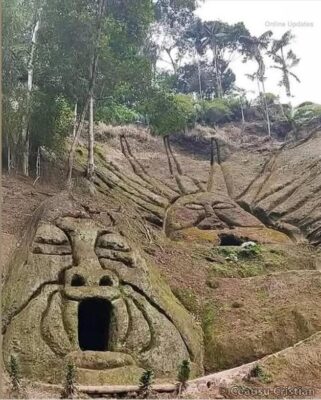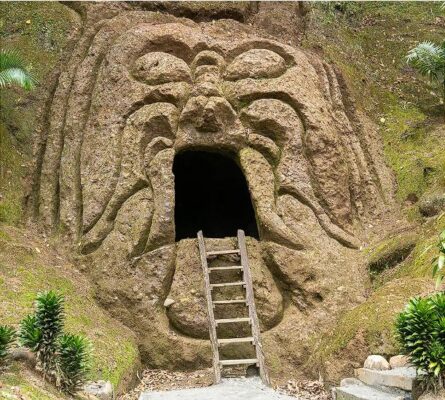Unveiling a Lost Civilization
The Remarkable Discovery
A groundbreaking archaeological discovery in the Amazon near the Andes of Ecuador has revealed an ancient civilization that thrived around 2,000 years ago. Using advanced lidar technology, researchers uncovered a complex network of lost cities connected by vast roadways, challenging previous assumptions about Amazonian societies.
The Role of Lidar Technology
Lidar (Light Detection and Ranging) has revolutionized the field of archaeology by allowing experts to see beneath dense vegetation. In this case, lidar scans exposed an intricate urban layout, including wide roads, plazas, and complex drainage systems that had remained hidden for centuries.
The Upano Culture: A Forgotten Society
Origins and Timeline
This newly discovered civilization belonged to the Upano culture, which flourished from approximately 500 BC to 600 AD. Unlike the traditional view of Amazonian societies as small, scattered groups, the Upano built organized settlements that housed thousands of people.
Population and Urban Planning
Archaeologists estimate that the interconnected cities were home to at least 10,000 inhabitants. These settlements featured advanced infrastructure, including large avenues measuring up to 10 meters (33 feet) wide and stretching for 20 kilometers (12 miles). This level of urban planning suggests a highly structured society with centralized governance.

Advanced Engineering and Agriculture
Road Networks and Water Management
The Upano civilization developed an extensive transportation network, linking their cities with well-constructed roads. Additionally, they engineered sophisticated drainage and irrigation systems to manage seasonal floods, demonstrating a deep understanding of their environment.
Agricultural Innovation
Surrounding the settlements were vast farmlands that sustained the growing population. The Upano people cultivated staple crops using advanced agricultural techniques, which supported not only their daily needs but also trade with neighboring communities.
A Shift in Understanding Amazonian History
Challenging Previous Assumptions
For years, scholars believed that the Amazon was incapable of supporting large civilizations due to its challenging environment. However, the discovery of these cities provides undeniable evidence that complex societies existed in the region long before European explorers arrived.
Comparisons to Other Ancient Civilizations
The Upano civilization’s urban planning and infrastructure share similarities with other advanced ancient societies, such as the Maya. This comparison highlights the global diversity of early civilizations and underscores the importance of continued archaeological research in the Amazon.

The Future of Amazonian Archaeology
Conservation Efforts
With deforestation and modern development threatening archaeological sites, researchers emphasize the need for preservation. Protecting these newly discovered cities is crucial for understanding the rich history of the Amazon.
What Lies Ahead?
Archaeologists believe that many more hidden cities remain undiscovered beneath the Amazon’s dense canopy. Continued use of lidar technology and further excavations may reveal even more insights into the region’s ancient civilizations, reshaping our understanding of pre-Columbian history.
Conclusion
The discovery of an advanced civilization in the Amazon near the Andes of Ecuador marks a significant turning point in archaeological research. The Upano culture’s complex urban planning, engineering, and agricultural innovations prove that highly developed societies flourished in the region centuries ago. As research continues, new findings may further transform our perception of the Amazon’s historical significance.

CÁC TIN KHÁC
Mary Walton: The Forgotten Inventor Who Helped Clean Up America’s Cities
Tomb of Queen Nefertari in the Valley of the Queens, Egypt
Discover the Hypostyle Hall of the Temple of Hathor at Dendera
Venus de Losange: Unveiling the Mystery of a 20,000-Year-Old Paleolithic Icon